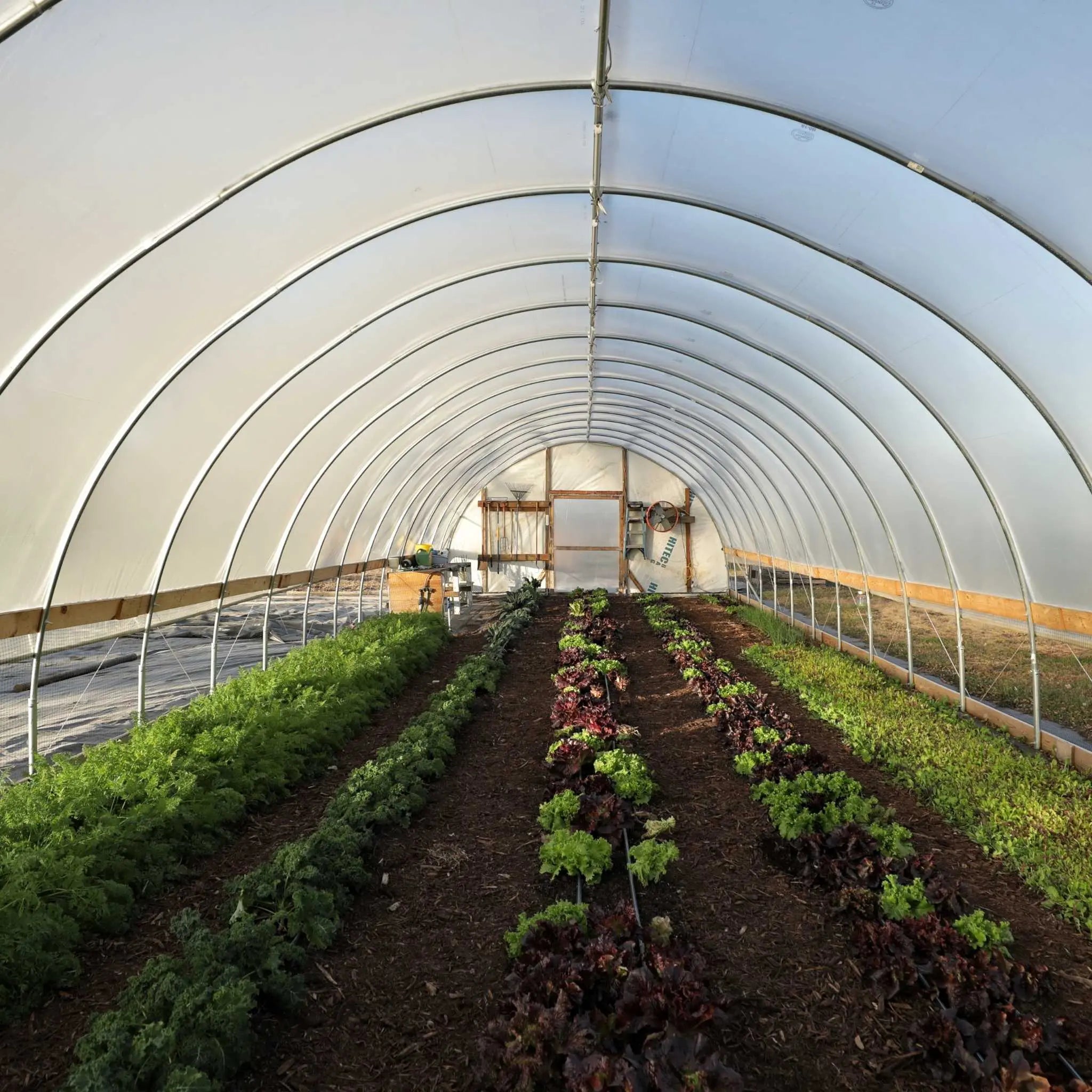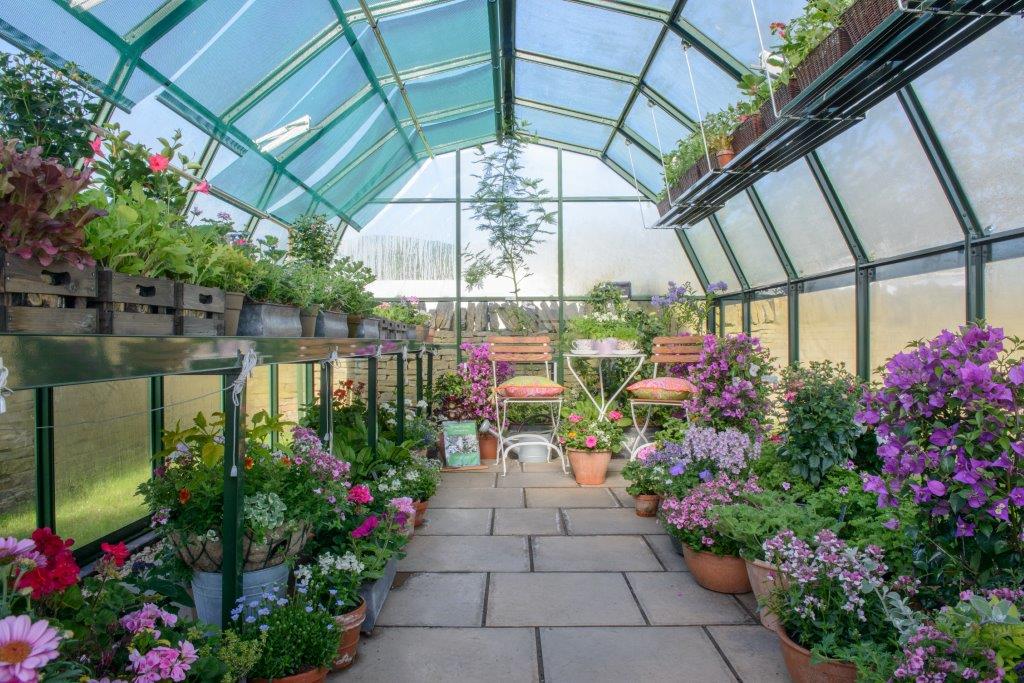Residential Oasis: Monarch Residential Greenhouse Utah Haven for Plants
Wiki Article
The Future of Greenhouses: Innovations in Sustainable Farming
Are you interested concerning the future of greenhouses and just how they are changing lasting farming? From innovative environment control systems to vertical farming methods, water-efficient watering techniques, renewable power combination, and smart information analytics, these advancements are changing the way we grow our food.Advanced Climate Control Systems
To attain ideal growing problems, you can rely upon the advancements in greenhouses with advanced environment control systems. These systems have changed the way we cultivate crops, giving a regulated environment that contributes to plant development. With these innovative systems, you can currently manipulate temperature, humidity, light degrees, and even carbon dioxide concentrations to produce the best conditions for your plants to flourish.One of the key features of these innovative environment control systems is their capability to regulate temperature level. By utilizing sensors and automated controls, the greenhouse can readjust the temperature level based on the details demands of the plants. This makes sure that they are never revealed to extreme heat or cool, which can be damaging to their growth.
Moisture control is another crucial facet of these systems. By preserving the ideal moisture degrees, you can prevent concerns such as mold, mildew, and disease from affecting your plants. These systems can also regulate the amount of light that reaches the plants, making certain that they receive the optimum amount for photosynthesis.
In addition, advanced environment control systems can even control carbon dioxide concentrations. By raising the levels of CO2 in the greenhouse, you can boost plant growth and efficiency. This is especially useful in locations with low natural carbon dioxide degrees.
Vertical Farming Methods
One crucial upright farming strategy is making use of piled expanding systems. Piled expanding systems are frequently utilized in metropolitan areas where area is limited.One popular method is referred to as vertical hydroponics, where plants are grown in nutrient-rich water without dirt. This technique is extremely efficient as it reduces water usage by up to 90% contrasted to standard farming approaches. Furthermore, considering that the plants are expanded inside your home, they are protected from pests and conditions, decreasing the need for chemicals.
An additional method is aeroponics, which involves putting on hold the plant origins in a haze or air atmosphere. This method enables optimum nutrient absorption and oxygenation, leading to faster growth and greater yields. Aeroponics additionally utilizes less water than typical farming and can be carried out in vertical systems, making it a preferred option for vertical farming.
Water-efficient Watering Methods
Making best use of water preservation is vital when it comes to applying water-efficient irrigation approaches in sustainable farming. With global water shortage becoming a pressing concern, it is essential to create innovative methods that optimize water use in greenhouse procedures.One promising method is drip watering, which delivers water straight to the plant roots, lessening waste and dissipation. By utilizing a network of tubes with tiny emitters, water is used slowly and exactly, making certain that plants receive the needed dampness without excess drainage.
Another efficient method is the usage of short ornamental grasses dirt moisture sensors. These devices determine the wetness material in the dirt and give real-time information to farmers. By keeping track of the soil's wetness degrees, farmers can precisely establish when and just how much water to use, preventing over-irrigation.
In addition, the application of rain harvesting systems is obtaining popularity in greenhouse agriculture. Gathering rain from roofs and storing it in storage tanks enables farmers to use this natural deposit for irrigation objectives, reducing reliance on conventional water resources.
Last but not least, the fostering of automated watering systems can considerably enhance water effectiveness. These systems make use of sensing units to detect soil moisture levels and weather, changing irrigation routines appropriately. By maximizing water use based on real plant demands, these systems can reduce water waste and advertise lasting farming methods.
Renewable Resource Assimilation
Currently, allow's dive right into just how you can incorporate sustainable energy into your greenhouse operations for a more sustainable future. Renewable power assimilation in greenhouses supplies a number of advantages, consisting of minimized operating costs and decreased dependence on non-renewable power sources. One way to incorporate renewable resource is with the setup of solar panels. These panels are positioned on the roof or bordering areas of the greenhouse to capture sunshine and transform it into electrical power. The generated power can after that be utilized to run various procedures within the greenhouse, such as ventilation, lighting, and home heating systems. Furthermore, excess energy can be saved in batteries for usage during non-sunlight hours. An additional method of renewable resource combination is the usage of wind turbines. These turbines harness wind power and transform it right into electrical power, which can be made use of to supplement the energy needs of the greenhouse. Incorporating renewable power sources not just reduces greenhouse gas exhausts but likewise advertises sustainability and durability in your farming operations. By accepting eco-friendly energy, you can add to a greener future while making sure the lasting practicality of your greenhouse organization.Smart Information Analytics and Automation
To enhance the performance of your greenhouse operations and enhance source utilization, think about executing smart information analytics and automation. Smart data analytics includes gathering and examining information from different sensing units and devices within your greenhouse. By keeping an eye on aspects such as temperature, humidity, light levels, and dirt wetness, you can acquire important insights right into the wellness and development of your plants. This data can help you make informed choices regarding changing ecological problems, maximizing watering schedules, and avoiding potential concerns before they arise.
Automation, on the various other hand, involves utilizing technology to automate jobs that were previously done by hand. This can include automating the control of illumination, ventilation, irrigation systems, and nutrient distribution. By automating these processes, you can make certain that your plants receive the appropriate conditions and nutrients at the correct time, without the need go for consistent hands-on treatment. This not only conserves you effort and time yet also lowers the threat of human error.
Additionally, wise information analytics and automation can collaborate synergistically. The data gathered by sensing units can be made use of to inform automated systems, enabling them to make real-time modifications based upon the existing conditions. This combination of information analytics and automation can bring about more accurate and effective source appropriation, inevitably resulting in higher returns and better crop high quality.
Verdict
In verdict, the future of greenhouses in lasting farming looks encouraging. With innovative environment control systems, upright farming techniques, water-efficient irrigation approaches, and eco-friendly power combination, greenhouses are coming to be More hints extra ecologically friendly and effective.
By maximizing water usage based on actual plant needs, these systems can decrease water waste and promote lasting farming techniques.

Report this wiki page